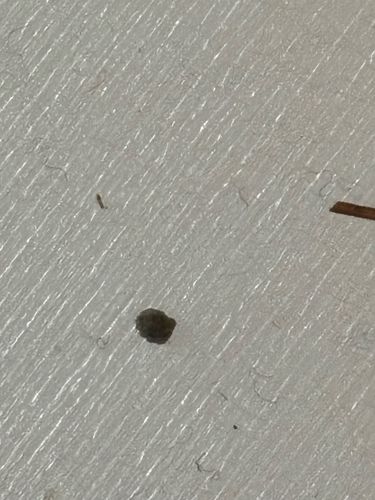Drain Fly / Moth Fly / Filter Fly
Scientific Name: Psychoda spp. (e.g., Psychoda alternata)
Order & Family: Diptera (True Flies), Psychodidae (Moth Flies and Sand Flies)
Size: Typically 2-3 mm (0.08-0.12 inches) in length.

Natural Habitat
Typically found in damp or wet environments where organic matter accumulates, such as clogged drains, septic tanks, sewer pipes, moist compost piles, and areas with standing water. They are common indoors near sinks, showers, and utility rooms.
Diet & Feeding
Larvae feed on organic matter, decaying plants, and microorganisms found in damp, decaying environments, particularly in drains and sewers. Adults do not feed.
Behavior Patterns
Larvae develop in moist environments and will pupate into small, winged adults. Adults are often seen resting on surfaces like walls, ceilings, and drain areas.
Risks & Benefits
Potential Risks: Can be a nuisance pest due to their presence indoors, especially in large numbers. While generally not considered vectors for human diseases, they can carry bacteria from their breeding sites to surfaces. Benefits: In natural environments, they contribute to the decomposition of organic matter.
Identified on: 8/29/2025